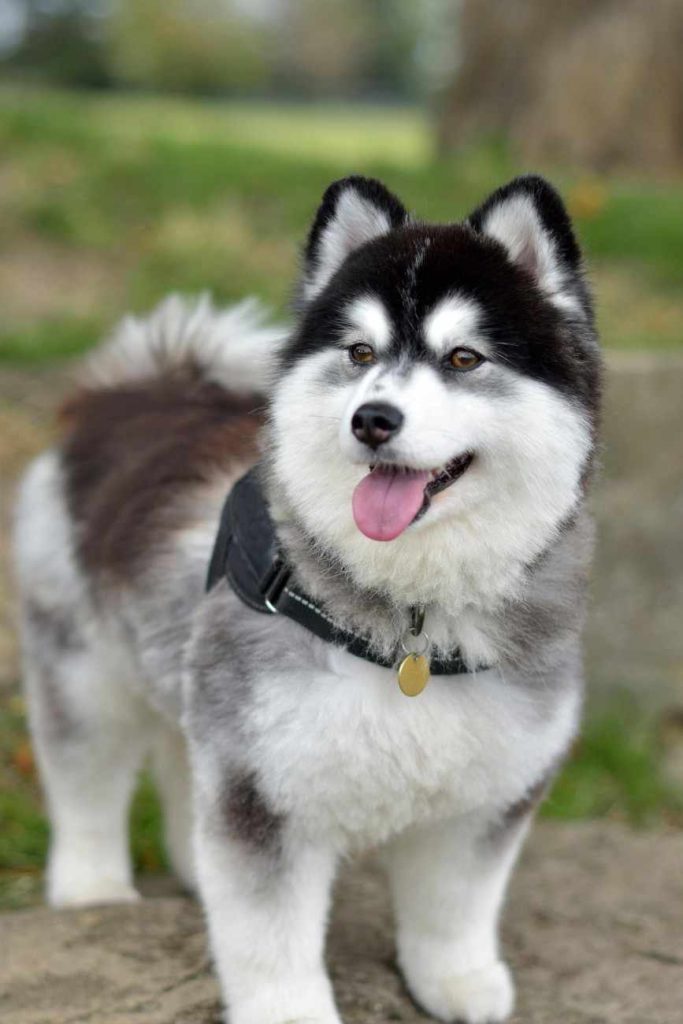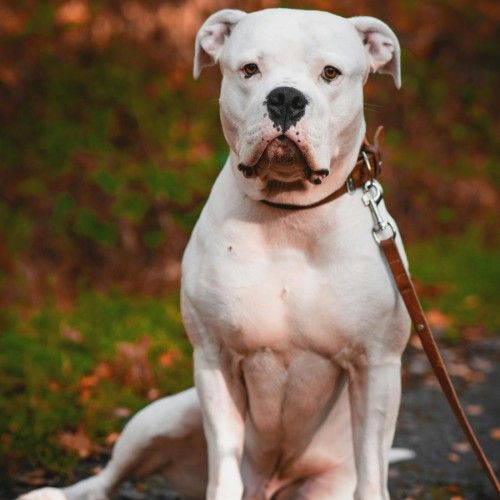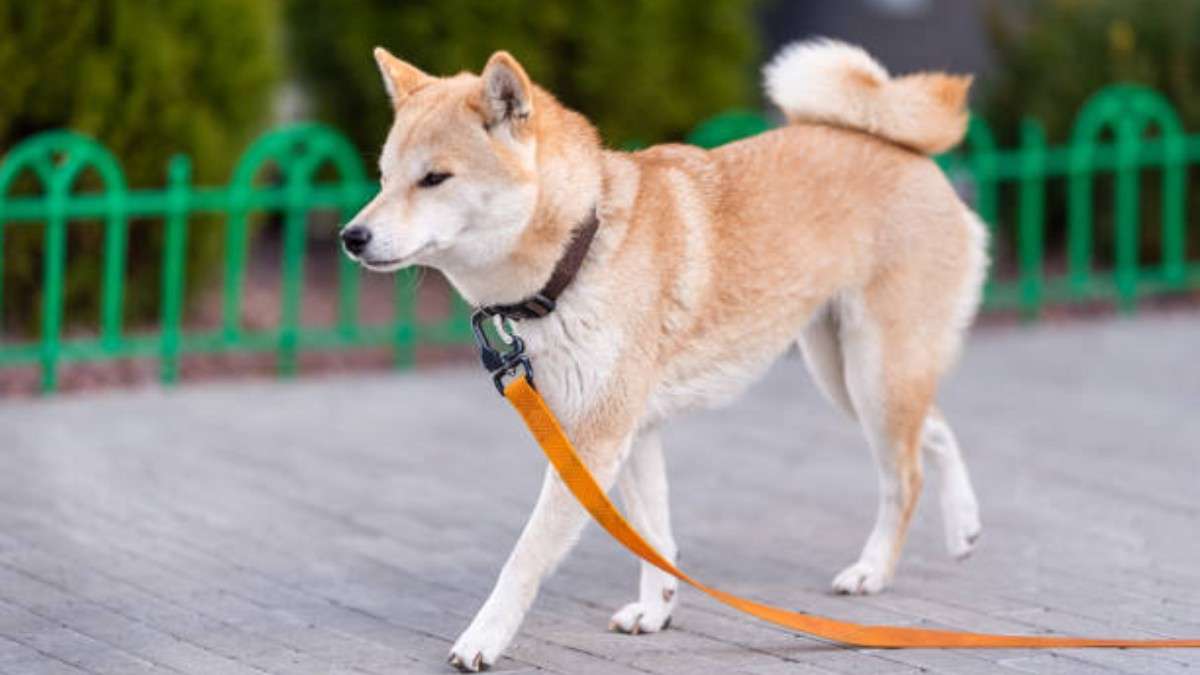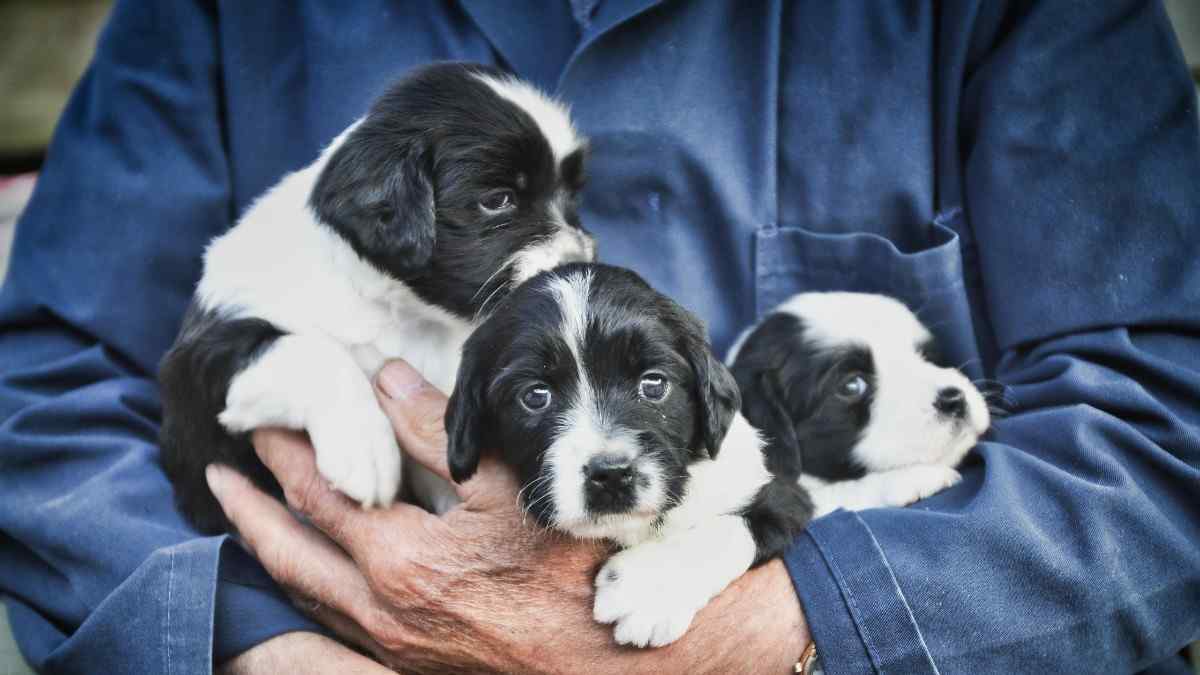Charming New Dog Breeds Perfect for Modern Families
Dogs have been by our side for centuries, evolving from wild wolves to beloved family members. But did you know that the world of dog breeds is constantly evolving? That’s right, new dog breeds are emerging, offering fresh options for dog lovers everywhere. Whether you’re looking for a hypoallergenic pup, a compact companion, or a dog with a unique look, the rise of new dog breeds is reshaping the way we think about our furry friends. This post explores the fascinating world of new dog breeds, explains why breeders create them, and introduces some of the most exciting newcomers to the canine world.
Why Are New Dog Breeds Being Created?
The creation of new dog breeds isn’t just about novelty; it’s often driven by specific needs and desires. Here are some of the key reasons behind the development of new dog breeds:
- Adapting to Modern Lifestyles: As our lives change, so do our needs for canine companions. Breeders often design new dog breeds to fit into urban living, requiring less space and exercise. They also develop some new breeds to reduce the risk of hereditary health issues found in older breeds.
- Hypoallergenic Options: For allergy sufferers, new dog breeds with low-shedding coats are a game-changer.
- Specialized Roles: From therapy dogs to service animals, new breeds are being tailored to excel in specific roles.
- Aesthetic Appeal: Let’s face it, people love unique and adorable dogs. New breeds often combine the best physical traits of their parent breeds.
How Are New Dog Breeds Developed?
Creating a new dog breed is a meticulous process that requires time, patience, and expertise. Here’s a breakdown of how it typically works:
- Crossbreeding: Breeders start by crossing two existing breeds to combine desirable traits.
- Selective Breeding: Over several generations, breeders select puppies that exhibit the desired characteristics, such as temperament, size, and coat type.
- Stabilization: Once the breed consistently produces puppies with the same traits, it’s considered stable.
- Recognition: The breed may then be recognized by kennel clubs and breed organizations, such as the American Kennel Club (AKC).
This process can take decades, but the result is a new dog breed that offers something unique to the world of canine companionship.
Spotlight on Exciting New Dog Breeds
The world of new dog breeds is full of fascinating options. Here are some of the most exciting newcomers that are capturing the hearts of dog lovers everywhere:
1. The Pomsky
- Parent Breeds: Pomeranian and Siberian Husky
- Appearance: Fluffy coat, striking blue eyes, and a compact size
- Temperament: Playful, energetic, and affectionate
- Why They’re Popular: Pomskies offer the look of a Husky in a smaller, more manageable package.
2. The Cavapoo
- Parent Breeds: Cavalier King Charles Spaniel and Poodle
- Appearance: Soft, curly coat and expressive eyes
- Temperament: Intelligent, friendly, and great with families
- Why They’re Popular: Cavapoos are hypoallergenic and make excellent therapy dogs.
3. The American Buly
- Parent Breeds: American Bulldog, American Pit Bull Terrier, and English Bulldog
- Appearance: Muscular build with a confident stance
- Temperament: Loyal, protective, and gentle with children
- Why They’re Popular: This breed combines strength with a loving nature, making it a great family dog.
4. The Shorkie
- Parent Breeds: Shih Tzu and Yorkshire Terrier
- Appearance: Long, silky coat and a tiny frame
- Temperament: Spirited, affectionate, and full of personality
- Why They’re Popular: Shorkies are perfect for those who want a small dog with a big heart.
5. The Doxiepoo
- Parent Breeds: Dachshund and Poodle
- Appearance: Long body, curly fur, and expressive eyes
- Temperament: Intelligent, playful, and adaptable
- Why They’re Popular: Doxiepoos are hypoallergenic and make great companions for active individuals.





Ethical Considerations in Breeding New Dog Breeds
While the development of new dog breeds is exciting, it’s important to approach it responsibly. Here are some ethical considerations to keep in mind:
- Health First: Breeders should prioritize the health and well-being of their dogs, avoiding practices that could lead to genetic issues.
- Transparency: Reputable breeders are open about their practices and provide health clearances for their dogs.
- Avoiding Overbreeding: Creating new breeds should never come at the expense of the dogs’ quality of life.
- Adoption Options: While new dog breeds are appealing, don’t forget about the millions of dogs in shelters waiting for loving homes.
What Does the Future Hold for New Dog Breeds?
The world of new dog breeds is constantly evolving, and the future looks bright. Here are some trends to watch for:
- Customization: As genetic testing becomes more advanced, we may see breeds tailored to specific lifestyles or health needs.
- Sustainability: Breeders may focus on creating dogs that require fewer resources, such as food and grooming.
- Technology Integration: New breeds could be trained to work alongside robots or assist in high-tech environments.
- Global Influences: As the world becomes more connected, we may see breeds that combine traits from dogs across different continents.
Final Thoughts
The rise of new dog breeds is a testament to the enduring bond between humans and dogs. Pomskies charm with their cuteness, Cavapoos impress with elegance, and American Bullies stand out with boldness these new breeds bring fresh energy and excitement to the canine community. As we welcome these new companions into our lives, let’s remember to celebrate the diversity and beauty of all dogs, old and new.
Frequently Asked Questions (FAQs)
Q1. What are considered new dog breeds?
Kennel clubs recently recognized new dog breeds, many of which emerged through intentional crossbreeding to enhance traits like temperament, size, and appearance.
Q2. Can new dog breeds be officially registered?
Yes, once a breed meets certain standards, organizations like the American Kennel Club (AKC) or Fédération Cynologique Internationale (FCI) may grant official recognition.
Q3. Are new dog breeds good for families?
Breeders design many newly recognized breeds for companionship, giving them affectionate, loyal qualities that make them ideal family dogs, especially for children.
Q4. Do new dog breeds have health issues?
Like all dogs, health depends on genetics and care. Responsible breeders work to minimize inherited issues and promote healthy traits in new breeds.
Q5. Which new dog breeds are gaining popularity?
Some trending new breeds include the Miniature American Shepherd, Barbet, and crossbreeds like the Cavapoo and Pomsky.





Post Comment